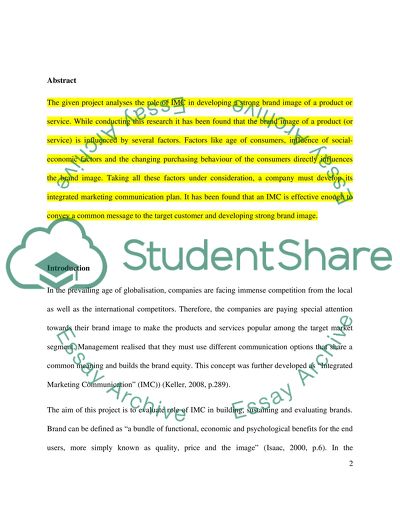Cite this document
(“Literature Review for Branding with IMC: Using IMC to Build, Sustain Essay”, n.d.)
Retrieved from https://studentshare.org/environmental-studies/1406917-literature-review-for-branding-with-imc-using-imc-to-build-sustain-and-evolve-brands
Retrieved from https://studentshare.org/environmental-studies/1406917-literature-review-for-branding-with-imc-using-imc-to-build-sustain-and-evolve-brands
(Literature Review for Branding With IMC: Using IMC to Build, Sustain Essay)
https://studentshare.org/environmental-studies/1406917-literature-review-for-branding-with-imc-using-imc-to-build-sustain-and-evolve-brands.
https://studentshare.org/environmental-studies/1406917-literature-review-for-branding-with-imc-using-imc-to-build-sustain-and-evolve-brands.
“Literature Review for Branding With IMC: Using IMC to Build, Sustain Essay”, n.d. https://studentshare.org/environmental-studies/1406917-literature-review-for-branding-with-imc-using-imc-to-build-sustain-and-evolve-brands.


